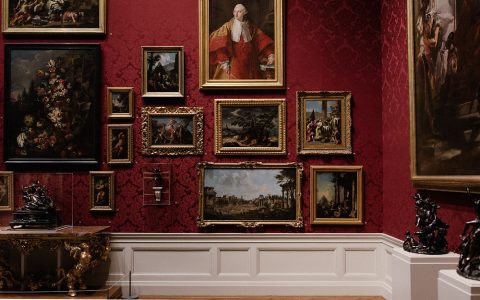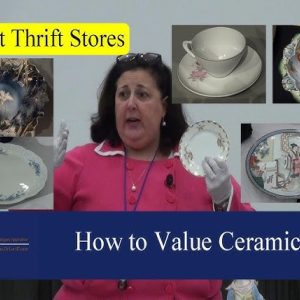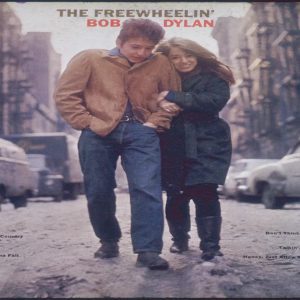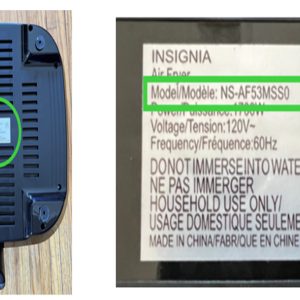The financial worth of an antique picture frame is not fixed, varying considerably based on a confluence of specific attributes. Understanding these elements is key to appreciating a frame's potential value.
Factors Influencing Antique Frame Value
- Age and Rarity: Generally, older frames from sought-after periods (e.g., 17th-century Dutch, 18th-century French Rococo, early American examples) and those that are scarce command higher prices. The specific era and the rarity of the frame style contribute significantly.
- Condition: The state of preservation is paramount. Frames in excellent, unrestored, or sympathetically conserved original condition are most prized. Significant damage, such as losses to gesso or gilding, structural weaknesses, insect infestation, or clumsy past repairs, will substantially detract from the value.
- Materials and Craftsmanship: High-quality materials such as hand-carved hardwoods (e.g., walnut, oak, mahogany), genuine gold leaf (applied through water or oil gilding techniques, as opposed to modern bronze paint or imitation leaf), and intricate hand-applied gesso or composition ornamentation significantly enhance value. The discernible level of artisanal skill and the complexity of the execution are primary drivers.
- Style and Period Authenticity: Specific historical styles are more desirable to collectors and designers. Elaborate Baroque, Rococo, Neoclassical, Arts & Crafts, or Art Deco frames, for instance, often have strong market appeal. The frame must be a genuine example of its purported style and period.
- Maker or Origin: Frames that can be attributed to a known master carver, a prestigious workshop, or a specific region known for high-quality frame production can see a significant increase in value. Identifying marks, labels, or distinctive construction techniques can provide crucial clues to origin and authorship.
- Originality: The presence of original elements is highly valued. This includes undisturbed gilded or painted surfaces, period backboards, and sometimes even original, antique glass (if appropriate to the frame's age and style). Conversely, extensive or poorly executed regilding, overpainting, or structural alterations can diminish worth.
- Provenance: A documented history of ownership, especially if it includes notable collectors, artists, important collections, or exhibitions, can enhance a frame's value and desirability. Solid provenance provides historical context and authenticity.
- Size, Scale, and Ornamentation: While not always a primary factor, larger and more elaborately decorated frames, particularly those with deep relief carving, complex applied ornament, or unique profiles, often command higher prices, assuming other quality factors are met. The scale must also be appropriate for the artwork it was intended to house.
Ultimately, while these factors provide a robust framework for understanding potential value, professional appraisal by a specialist in antique frames or fine art is often necessary for accurate valuation, especially for potentially high-value items. Beyond monetary considerations, the aesthetic contribution of an antique frame to an artwork and its historical integrity are also significant aspects of its overall worth.












